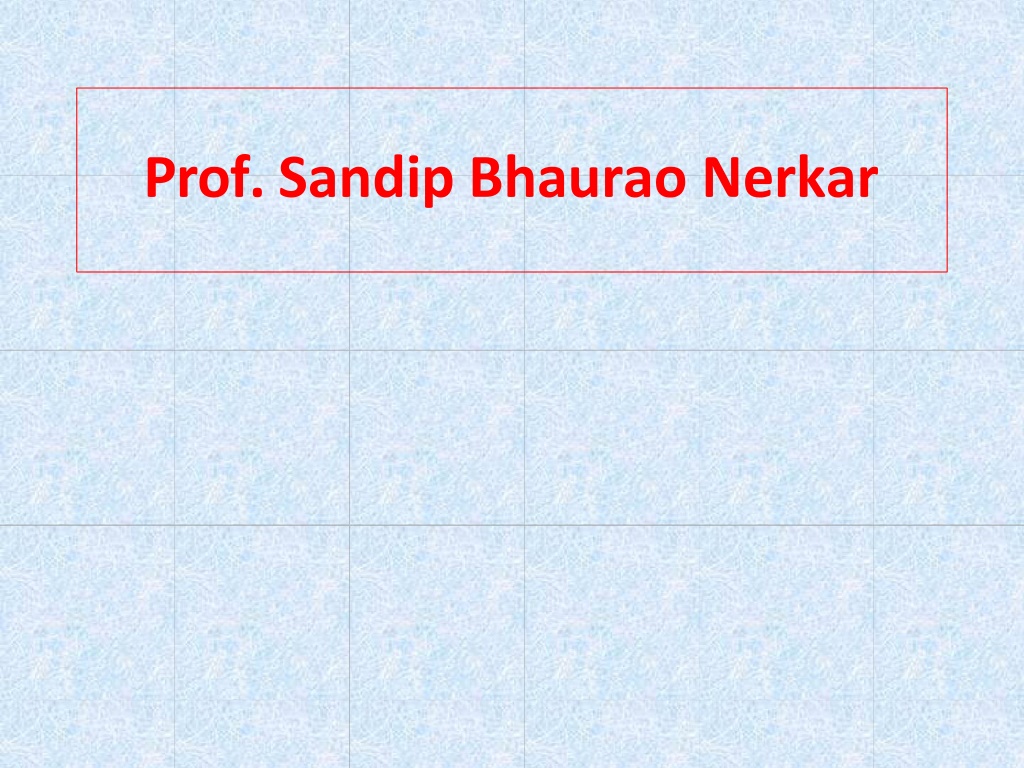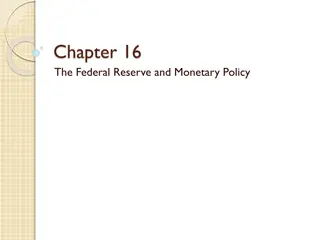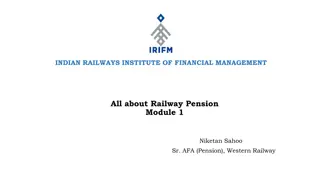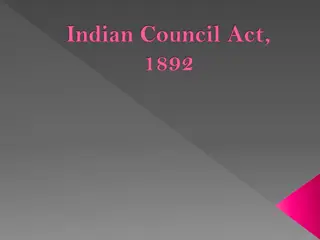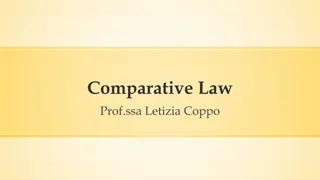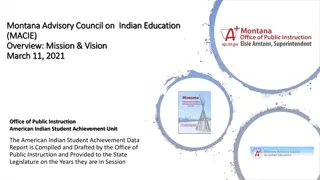Understanding the Indian Federal System
The Indian federal system as defined by the Constitution of India establishes a unique structure where power is divided between the central government and the states. This system features characteristics such as governments at two levels, division of power, a written constitution, independent judiciary, bicameral legislature, and supremacy of the constitution. Contrasting the federal features are the unitary features of a strong central government, a single constitution for the Union and states, flexibility of the constitution, single citizenship, and inequality of representation in the Rajya Sabha.
Download Presentation

Please find below an Image/Link to download the presentation.
The content on the website is provided AS IS for your information and personal use only. It may not be sold, licensed, or shared on other websites without obtaining consent from the author. Download presentation by click this link. If you encounter any issues during the download, it is possible that the publisher has removed the file from their server.
E N D
Presentation Transcript
The Indian Federal System The constitution of India provides for a federal system of government though the term federation has nowhere been used in the constitution . Article 1- India, that is bharat shall be a union of states.
The Indian Federal System A federation is an association in which several states are united together in common matters and are independent in other matters. Federalism is an agreement between the states and the centre to work together and yet function independently . Federation this word comes from latin word foedus and foedus means contract . In federation contract between centre and states.
Federal features 1.Governments at two level- centre andstates 2.Division of power-division of power between centre and states 3.Written constitution- Written constitution which defines the structure , organisation and power of the central as well as state govt. , so that the two operate within their respective spheres without inerfering in each other`s jurisdiction. 4.Rigid Constitution-Rigid constitution which can be amended either by the joint action of the federaland states legislature or by an independentauthority.
Federal features 5.Independent Judiciary- the judiciary also insure that the federal and states governments operate within the sphere allotted to them by the constitution. 6.Bicameral Legislature-Like other federation the constitutionof India provides for a bicameral parliament consist Loksabha and Rajyasabha. 7.Supremacy of constitution The costitution of India stands at the top of the hierarchy of all laws both national and state level.
Unitary features 1.A strong Centre Indian constitution provides for a very strong centre , a feature of unitary government. 2.A Single Constitution for Union and states Unlike other federation of the world the states in india have not been given right to make or unmake their own constitution. 3.Flexibility of the constitution In comparison to the other federation the constitution of india rather flexible.
Unitary features 4.Single Citizenship Usually in other federation there is provision for double citizenship . 5.Inequality of representation in the Rajyasabha The indian constitution also devites from the traditional principle of providing equal representation to the states in the Upper Houses of thev federal legislature .
Unitary features 6.Existence of union territories - Union territories directly governed by the central government and do not enjoy any independent powers or autonomy. 7.Emergency provision The existence of emergency provision in the constitution also poses a serious challenge to the federal character of the Indian Polity .
Unitary Features 8. Appointment of Governor by President The provision regarding the appointment of Governor of States by the President is also clear violation of the federal principle. 9. Single Unified Judiciary Unlike other federations , India possesses a single unified judiciary with the supreme court at the apex. 10. Centralised Election Machinery One election commission in charge of elections in the centre and states .
Union/Centre States Relation 1. Legislative relation between union and states . 2.Administrative relation between union and states . 3. Financial relation between union and states.
Legislative Relation Between Union and States The Union States relation in the legislative sphere have been dealt by Article 245 to 254. Legislative powers distributed in Union list , State list and Concurrent list. Union List 99 Subject In respect to these subject Union has power to make law .e.g. Defence, Foreign affaires ,Citizenship etc States List 61 Subjects in respects to these subjects states has power to make law.e.g.Public order ,Public health , Forest ,Agriculture, Education etc.
Legislative Relation Between Union and States Concurrent List 52 subjects in respect to these subjects Union and States both has power to make law .e.g. Criminal law, Ttade union , Marriage, Divorce Etc. However , if the law of the Union Government and the State Government comes into clash with each other then Union`s law prevails. Residuary Powers According to Article 248 residuary powers goes to Union . Residuary powers means those subjects are not covered in Union List , States List and Concurrent List.
Administrative relation between Union and States The administrative jurisdiction of the Union and the State Governments extends to the subjects in the union list and state list respectively , which clearly establishes the superiority of the union government in the Administrative sphere as well. Article 256 to 262 contains thevadministrative relation between the union government and the states . Centre can give directions to the State executive on various occasions .
Centre can give directions various occasions to the State executive . Article 256- The executive power of every state is to be exercised in such a way as to confirm to the law passed by the parliament and to this end the union executive can give to the state such directions as the centre may deem necessary . Article 257- The executive of the union government can give directions to the executive of the state not to impede or put obstacle in the way of the exercise of the executive power of the union .
Centre can give direction various occasions to the State executive . Article 258- The central government can with the consent of the state government , entrust conditionally or unconditionally some functions under its jurisdictions to the state government or its officers . Article 339- Empower the union government to issue directives to the states for the welfare of the scheduled castes and scheduled tribes .
Financial relation between Union and States The distribution of the financial resources in india has broadly been made as follows. 1.Taxes Exclusively assigned to the union. 2.Taxes Exclusively assigned to states. 3.Taxes Leviable by union but collected and appropriated by the states. 4.Taxes levied and collected by the union but assigned to states.
Financial relation between Union and States 5.Taxes levied and collected union but shared with states.
States has financial power as follows Allocation of revenue Grants in aids Loans
THANKYOU THANK YOU
